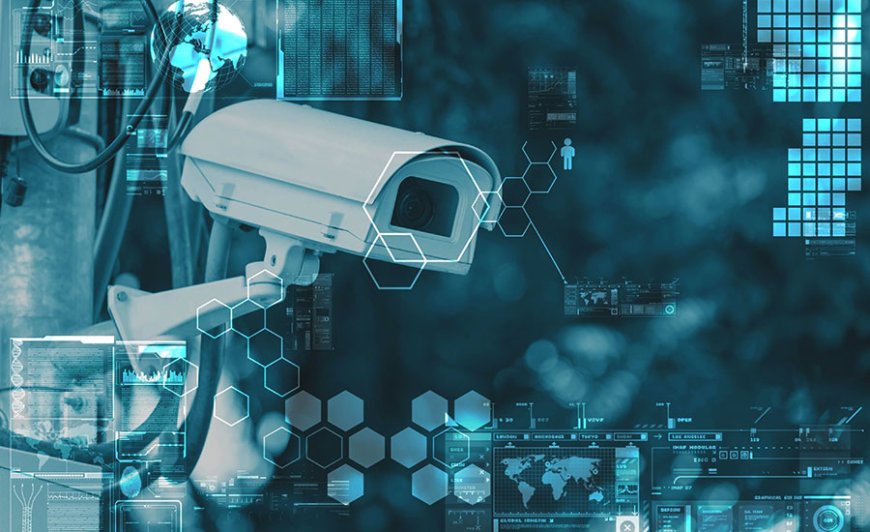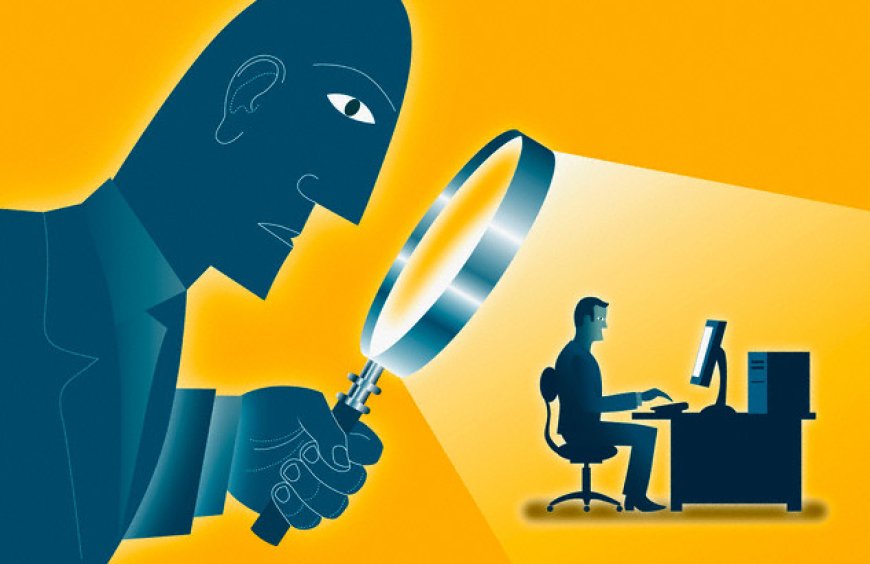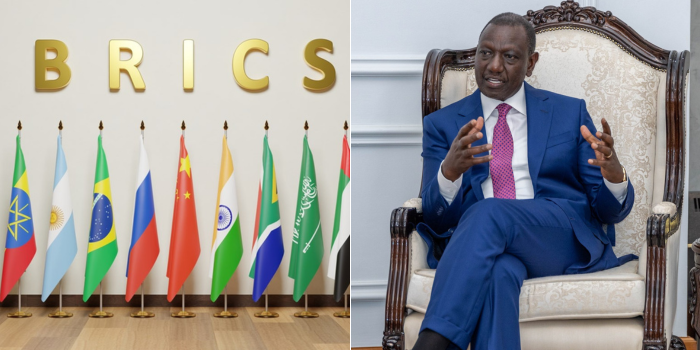From CCTV to AI: The Evolution of Surveillance in Public Spaces
Trace the history of surveillance technology from the first CCTV cameras to modern AI-powered systems, and explore their impact on privacy in public spaces. Discover the evolution of surveillance technology, from early CCTV cameras to advanced AI systems. Learn how these changes affect privacy in public areas and what it means for individuals in Kenya and around the world. This insightful article combines storytelling with practical insights, optimized for both Kenyan and international audiences.

Imagine this: It’s a sunny afternoon in Nairobi, and you’re strolling through Uhuru Park, enjoying the fresh air. As you sit on a bench, you notice a CCTV camera perched on a nearby pole, silently observing the scene. Little do you know, this humble camera is part of a long and fascinating history of surveillance technology that has evolved dramatically over the years.
The Birth of CCTV
The story of surveillance begins in the 1940s, during World War II. German engineer Walter Bruch developed the first closed-circuit television (CCTV) system to monitor V-2 rocket launches. This early system was rudimentary, but it laid the groundwork for future advancements. By the 1960s, CCTV cameras had become more widespread, used in banks, stores, and public spaces to deter crime and monitor activities.
The Rise of Digital Surveillance
Fast forward to the 1980s and 1990s, and CCTV technology had taken a significant leap forward. The advent of digital video recorders (DVRs) allowed for continuous recording and storage of footage, making it easier to review and analyze. This period also saw the introduction of networked cameras, which could transmit footage over the internet, enabling remote monitoring.
Enter the Age of AI
Today, we are in the era of artificial intelligence (AI) and machine learning, where surveillance technology has reached new heights. Modern surveillance systems are equipped with AI-powered cameras that can recognize faces, detect unusual behavior, and even predict potential security threats. These systems are not just passive observers; they actively analyze data in real-time, making decisions that were once the domain of human operators.
The Impact on Privacy

While these advancements have undoubtedly improved security, they have also raised significant privacy concerns. In Kenya, as in many other countries, the proliferation of surveillance cameras in public spaces has sparked debates about the balance between safety and privacy. On one hand, these cameras can help reduce crime and enhance public safety. On the other hand, they can create a sense of being constantly watched, infringing on personal freedoms.
A Global Perspective
This is not just a local issue; it’s a global phenomenon. In the United States, the use of AI in surveillance has led to concerns about racial profiling and bias. In China, the government’s extensive surveillance network is used to monitor and control the population. Even in Europe, where privacy laws are stringent, the use of AI in surveillance is a contentious topic.
The Future of Surveillance
As we look to the future, the question remains: How can we harness the benefits of surveillance technology while protecting individual privacy? One solution lies in transparency and regulation. Governments and companies must be open about how they use surveillance data and ensure that it is used ethically and responsibly. Additionally, advancements in privacy-preserving technologies, such as anonymization and encryption, can help mitigate privacy risks.
Conclusion
From the first CCTV cameras to today’s AI-powered systems, surveillance technology has come a long way. While it has the potential to enhance security and improve public safety, it also poses significant challenges to privacy. By understanding the history and evolution of surveillance, we can better navigate the complex landscape of modern technology and ensure that our privacy is protected in the digital age.
What's Your Reaction?





































































































